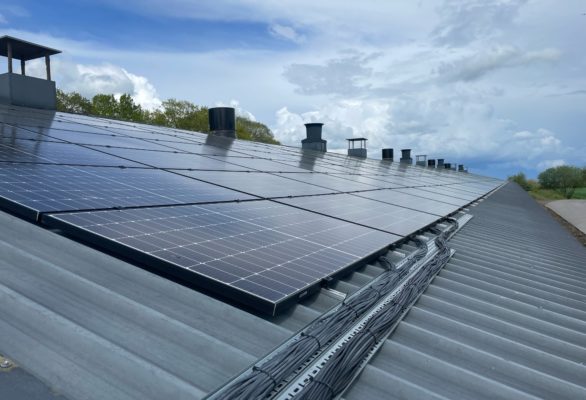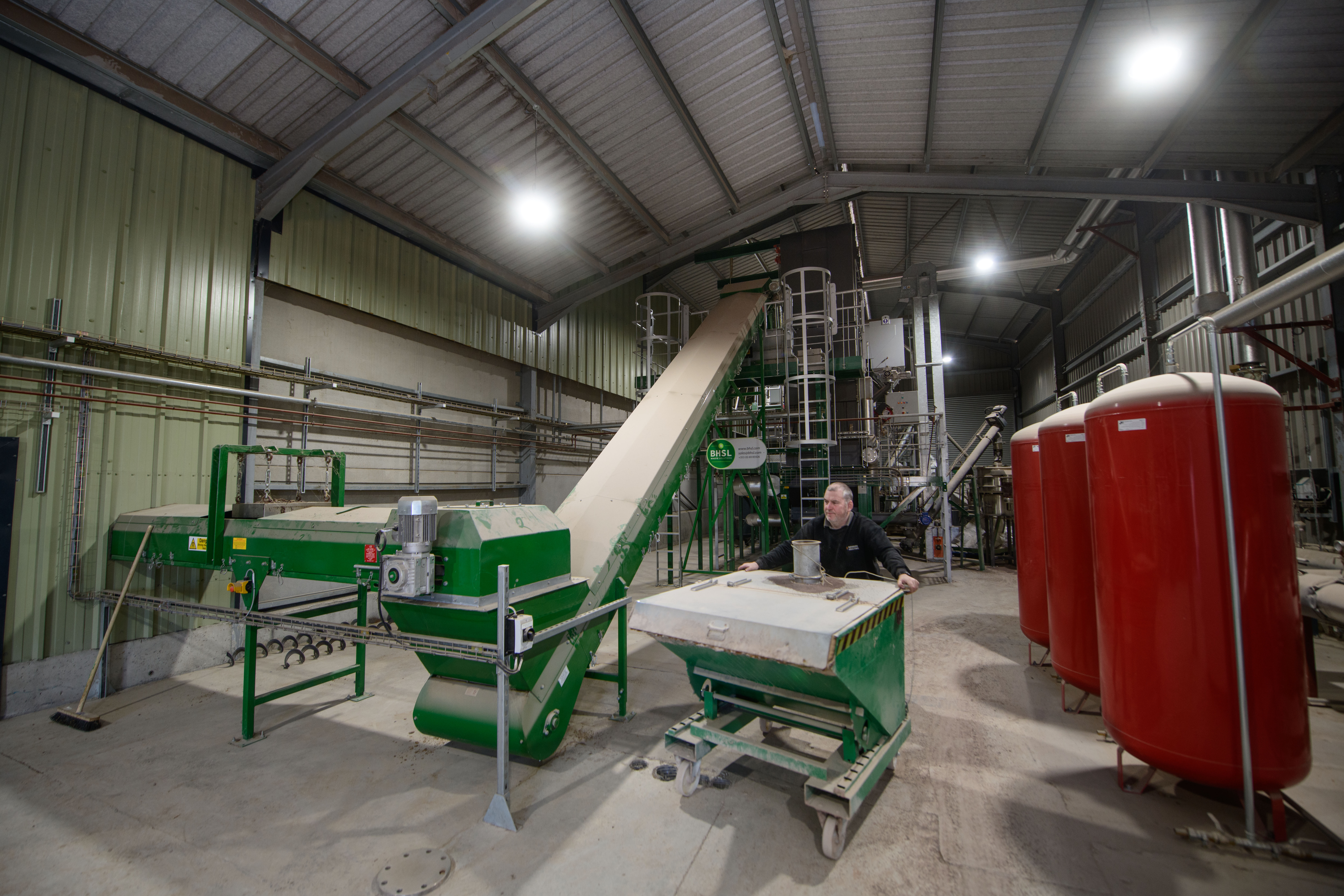We are always looking to improve our environmental position, whether in the way we farm, through producing energy, through biodiverse solutions, government schemes for sustainable farming or looking to the future aiming for carbon net zero alongside our customers. It is about balance, ensuring that our crops are looked after, inputs are minimised but necessary and protecting our waterways from any farmland pollution. For other parts of the farm go to whole farm, environment, blackcurrants, apples, vineyards, other enterprises and White Heron Drinks.



